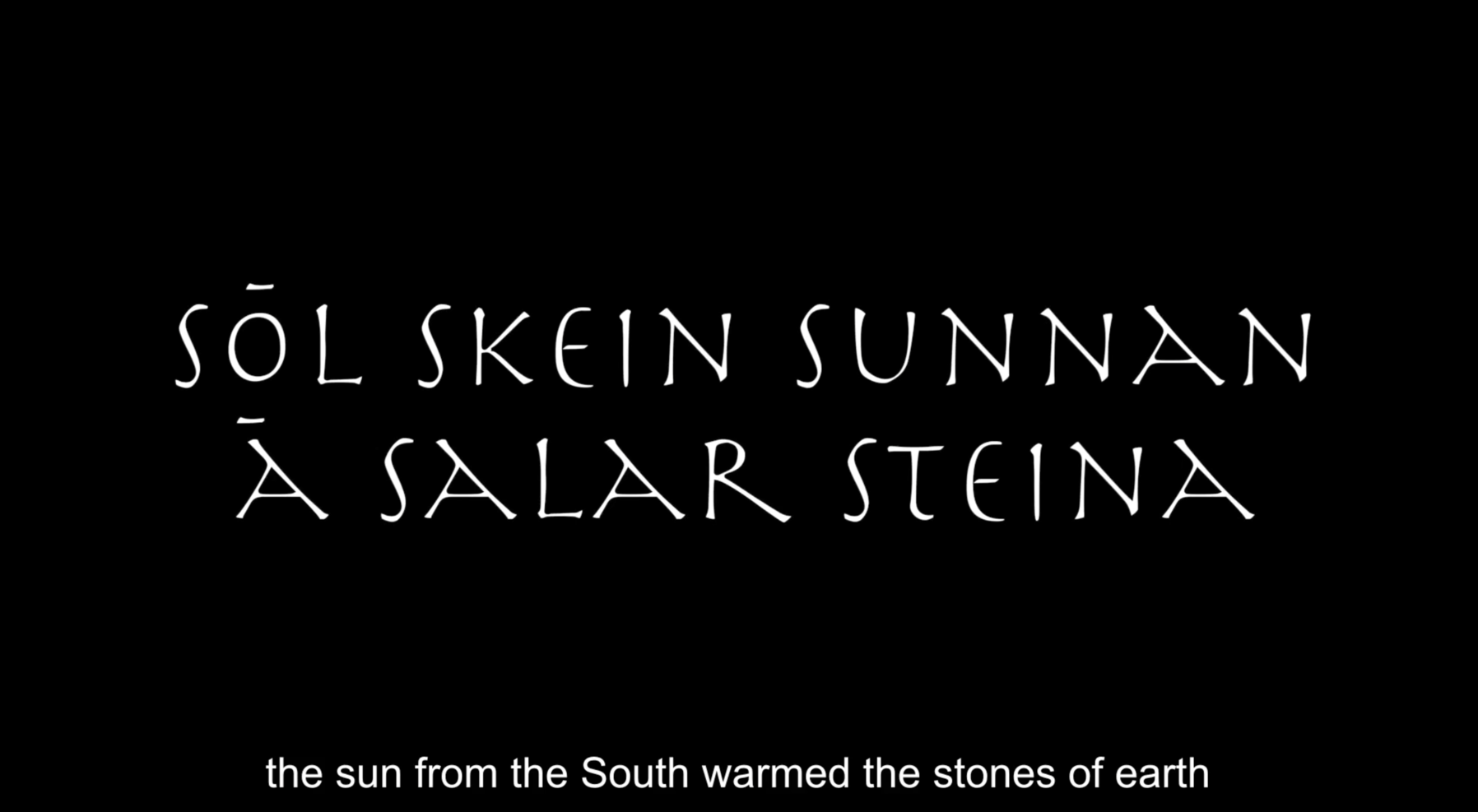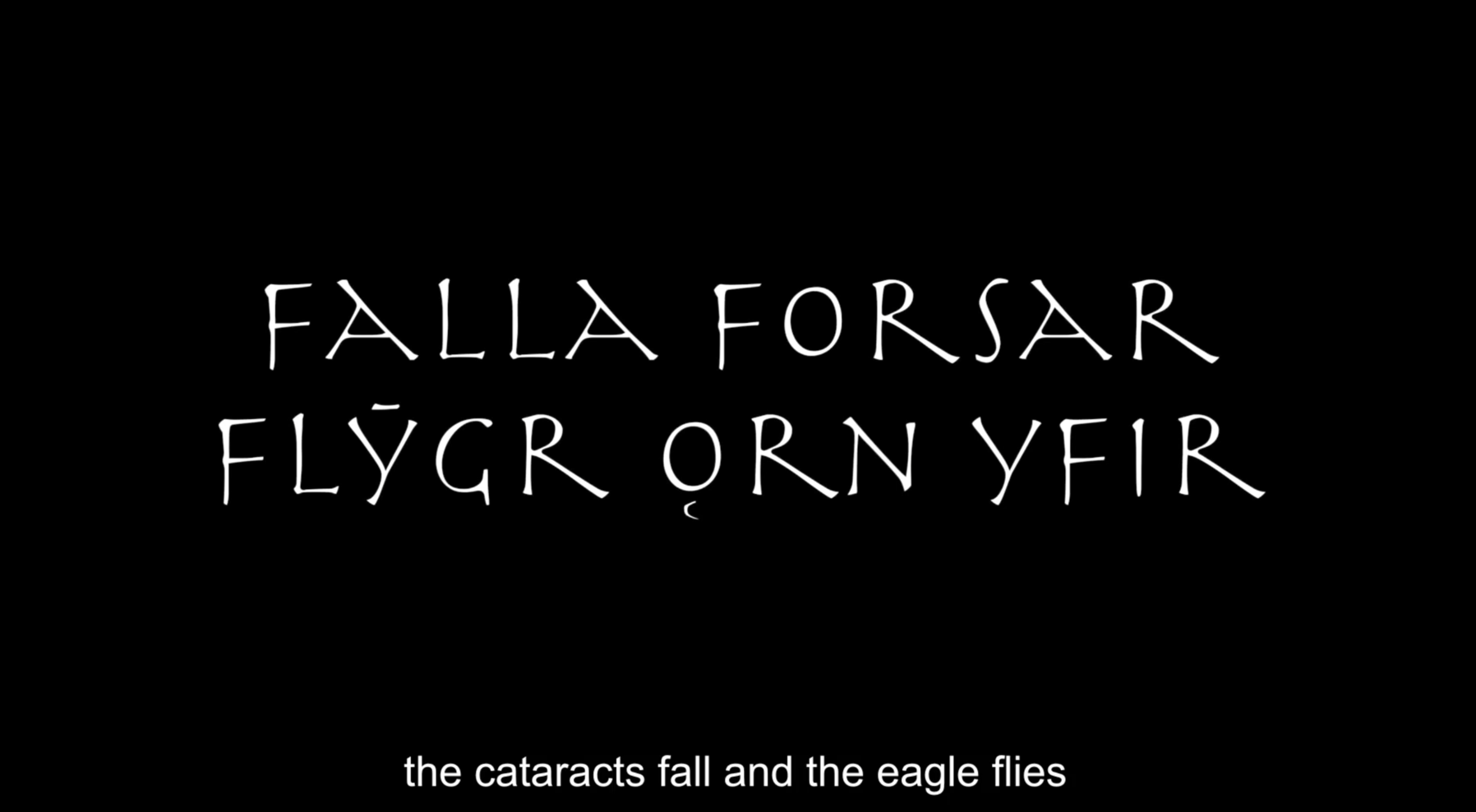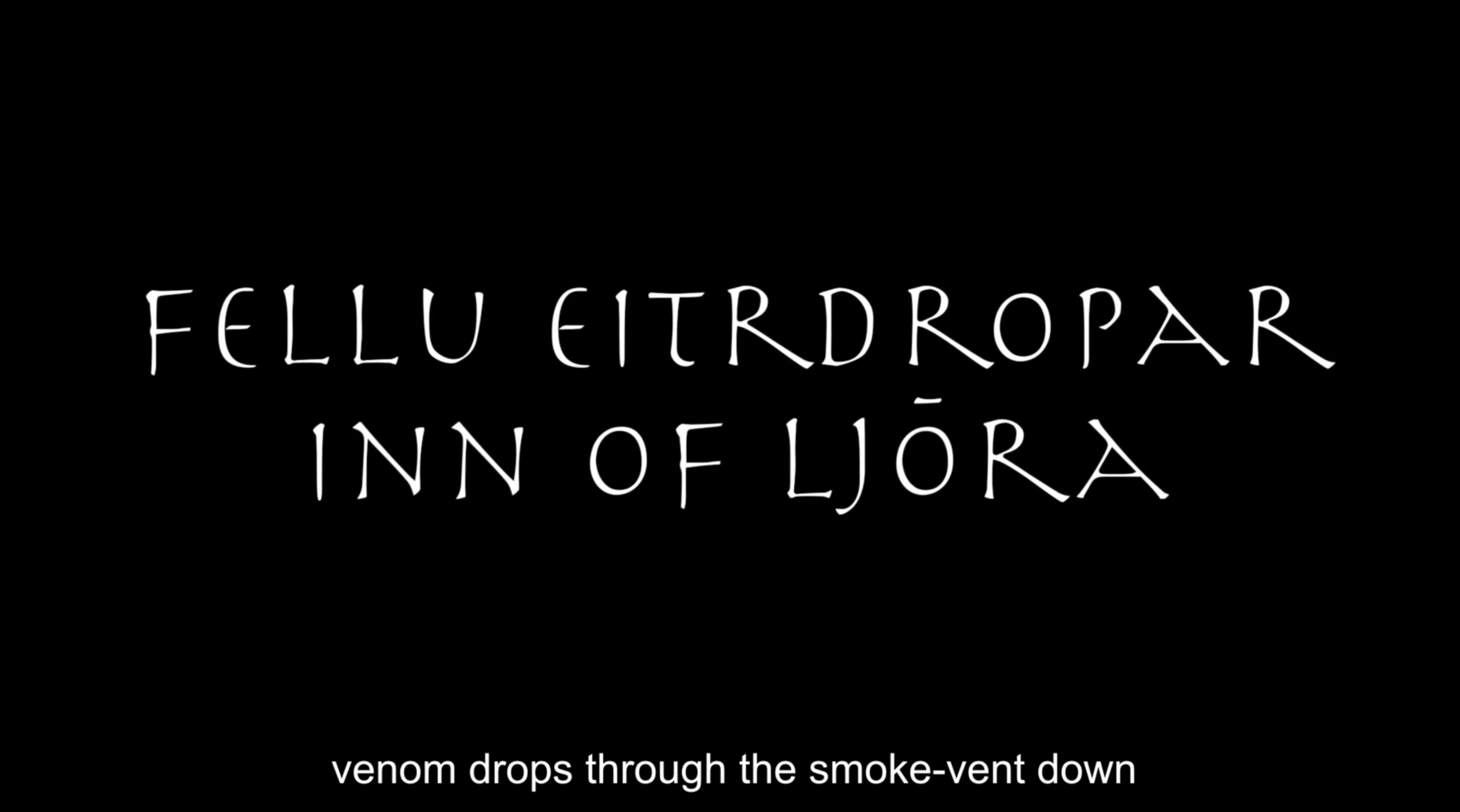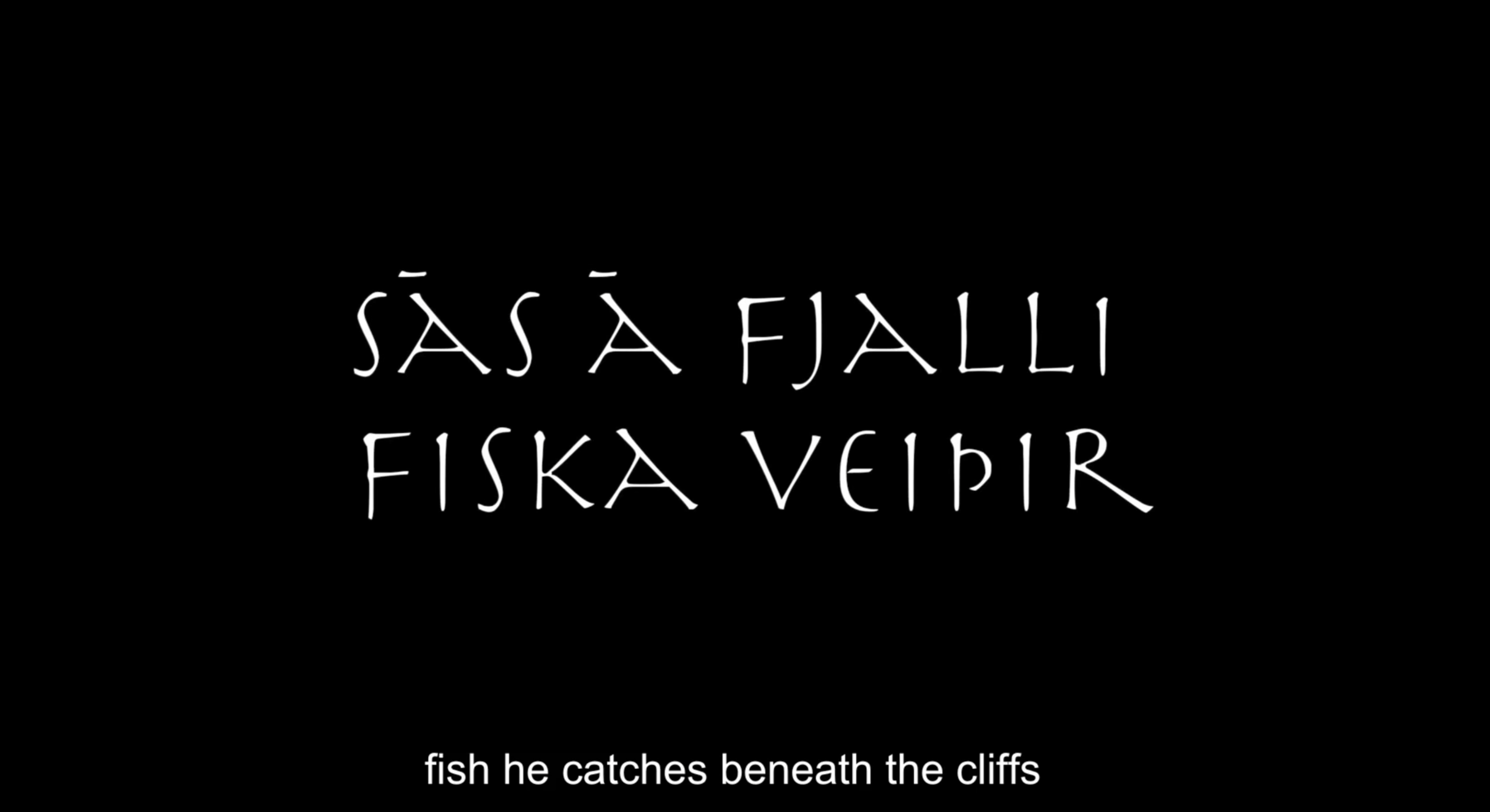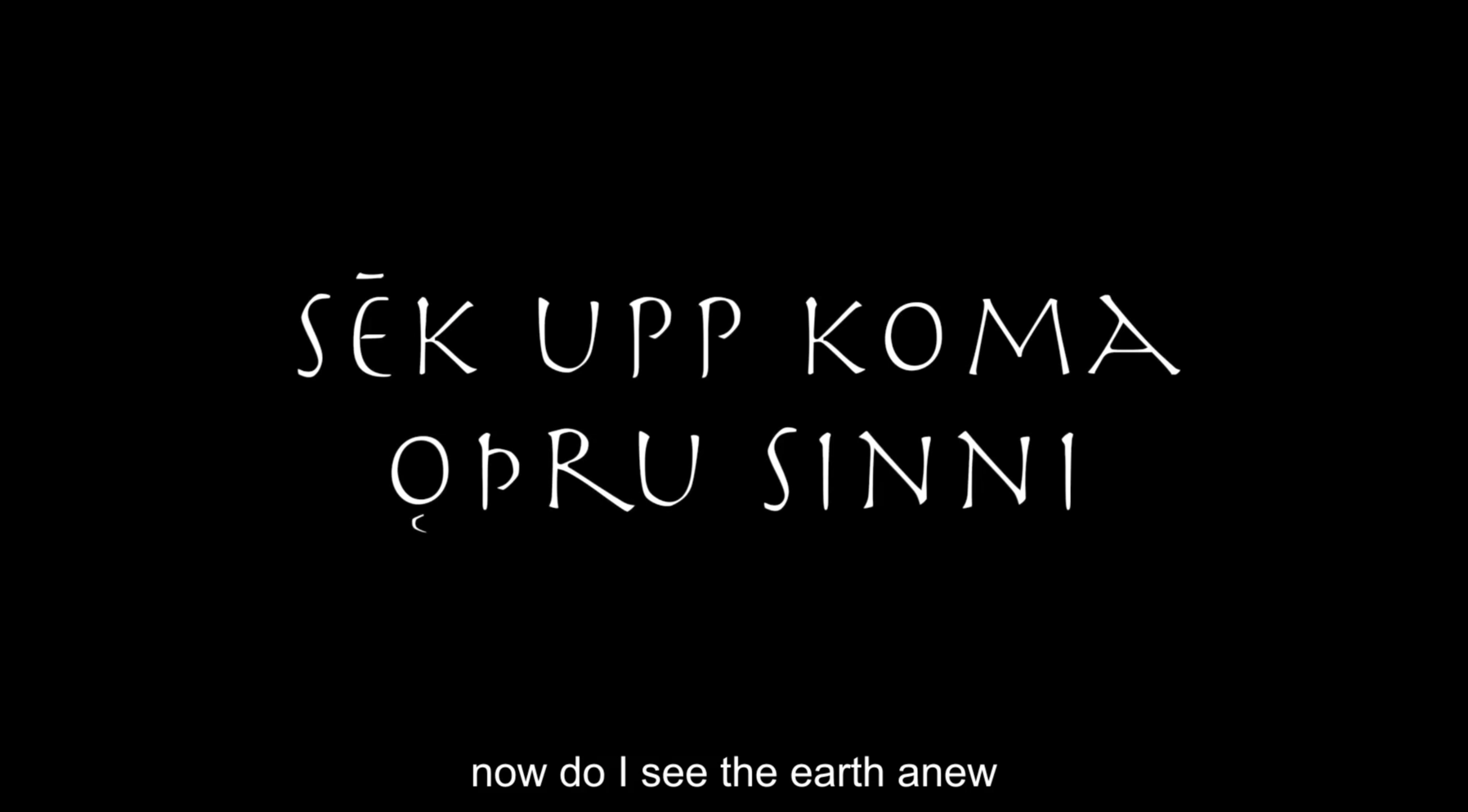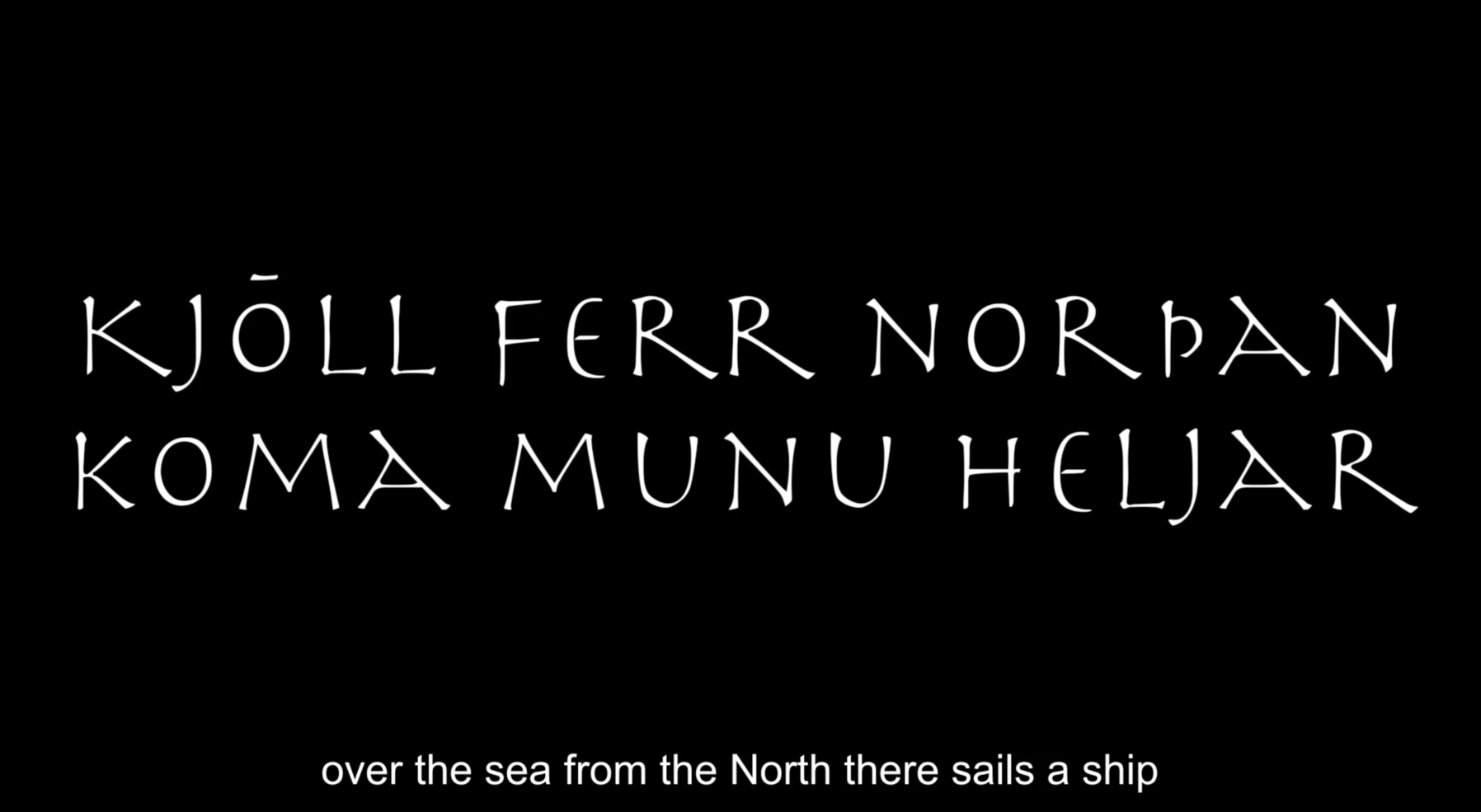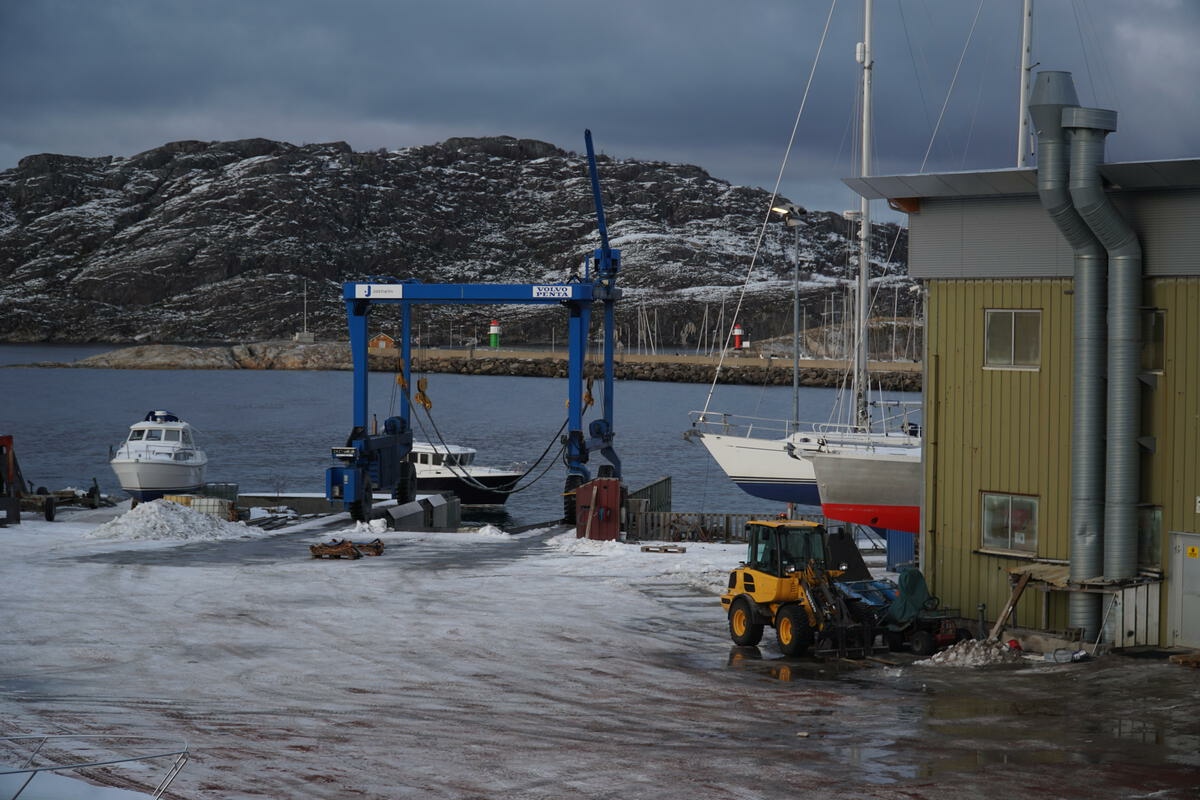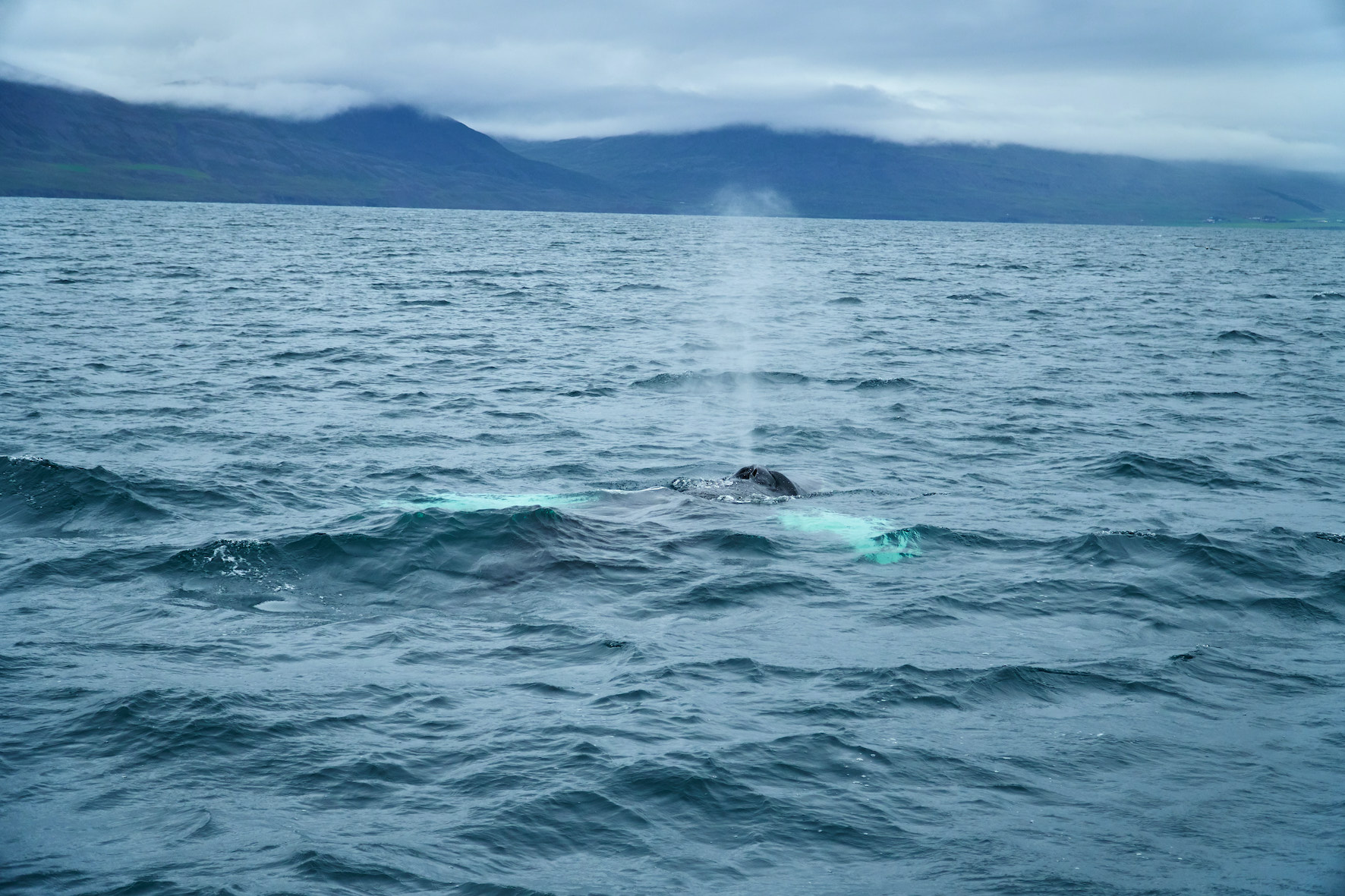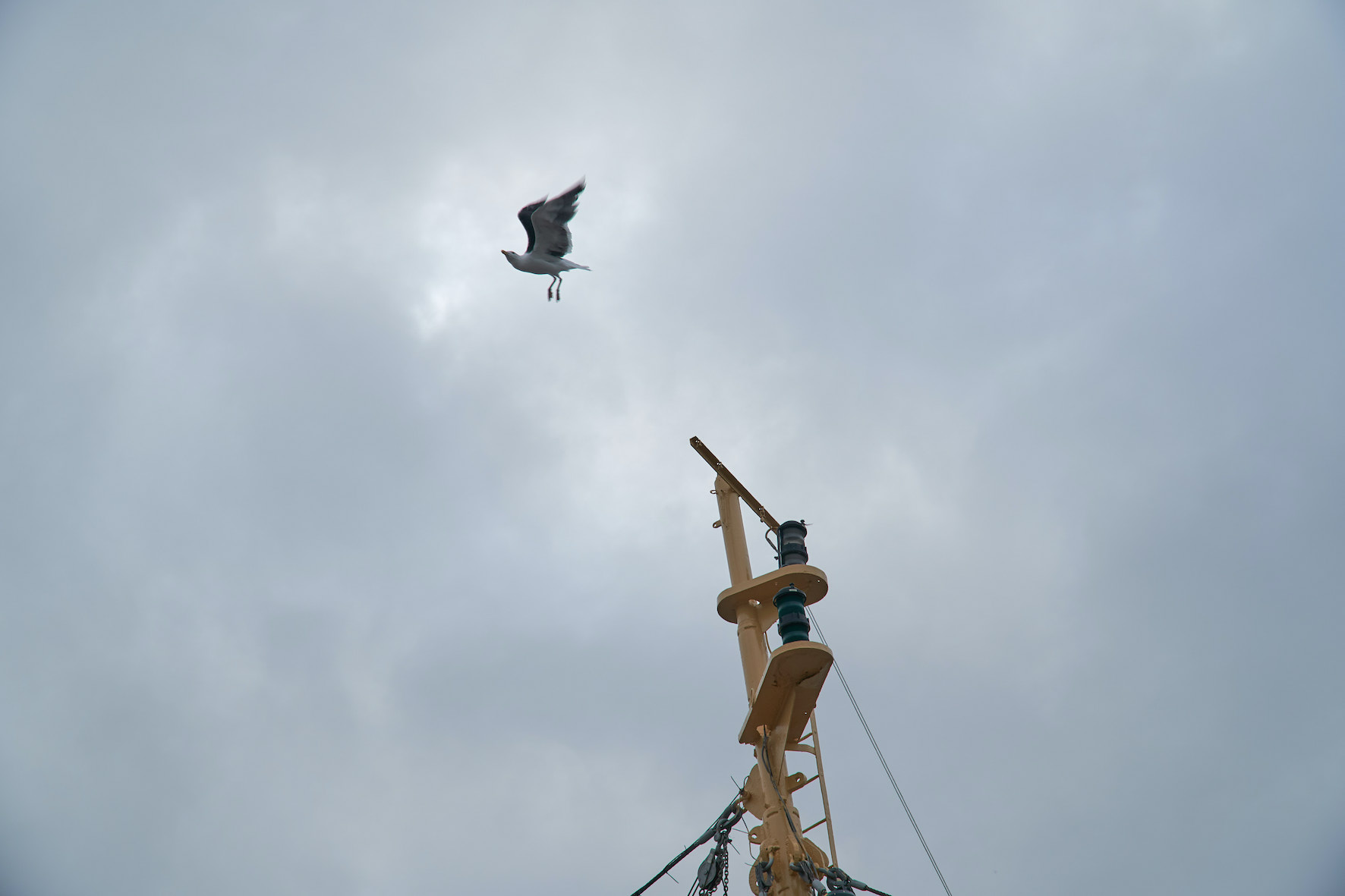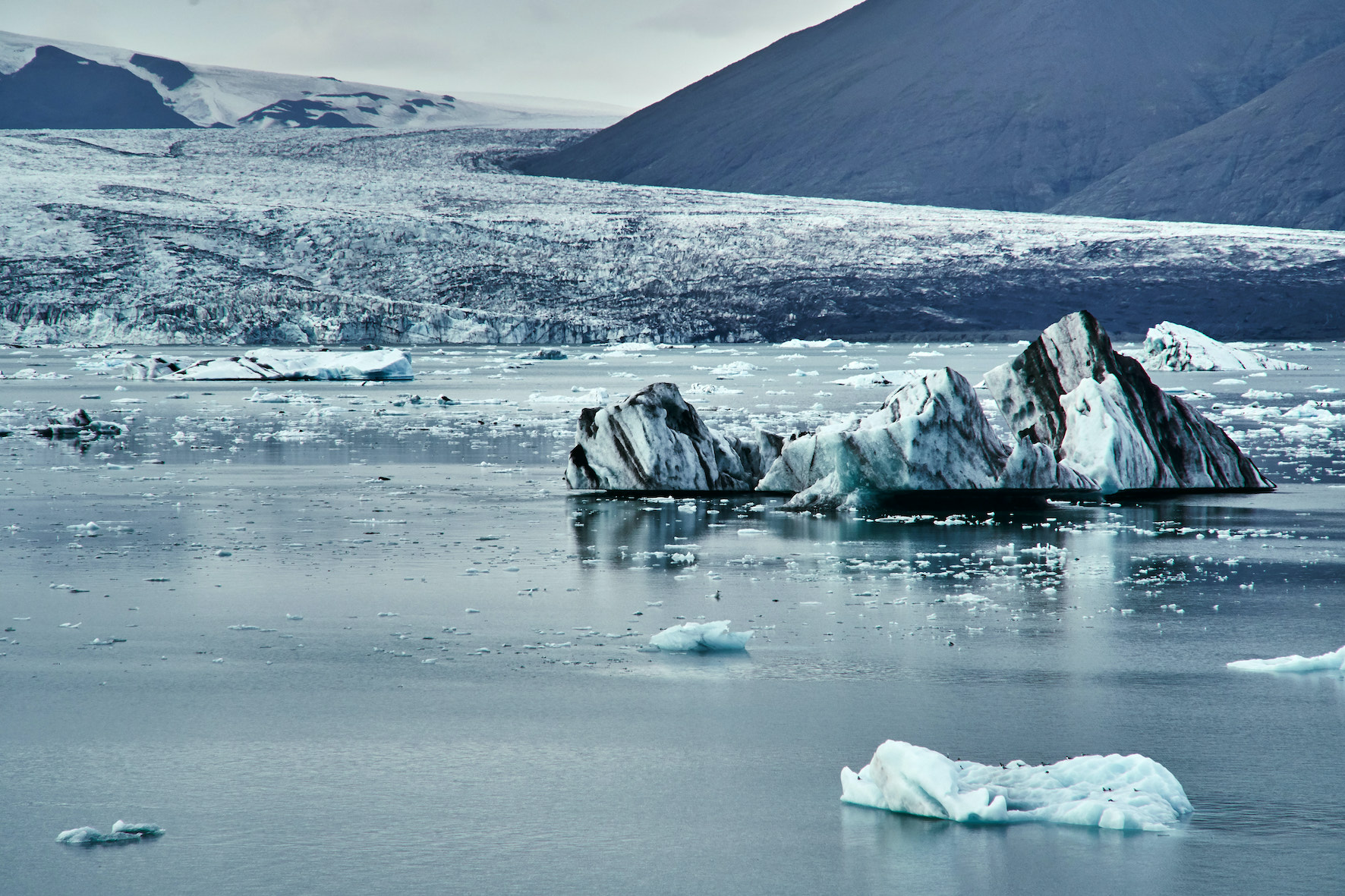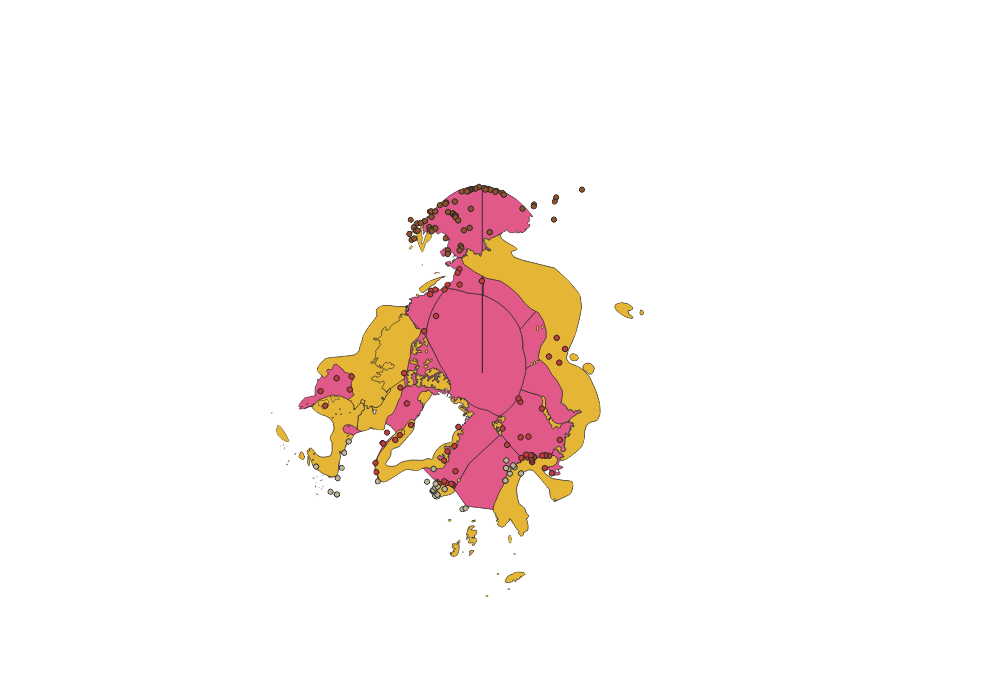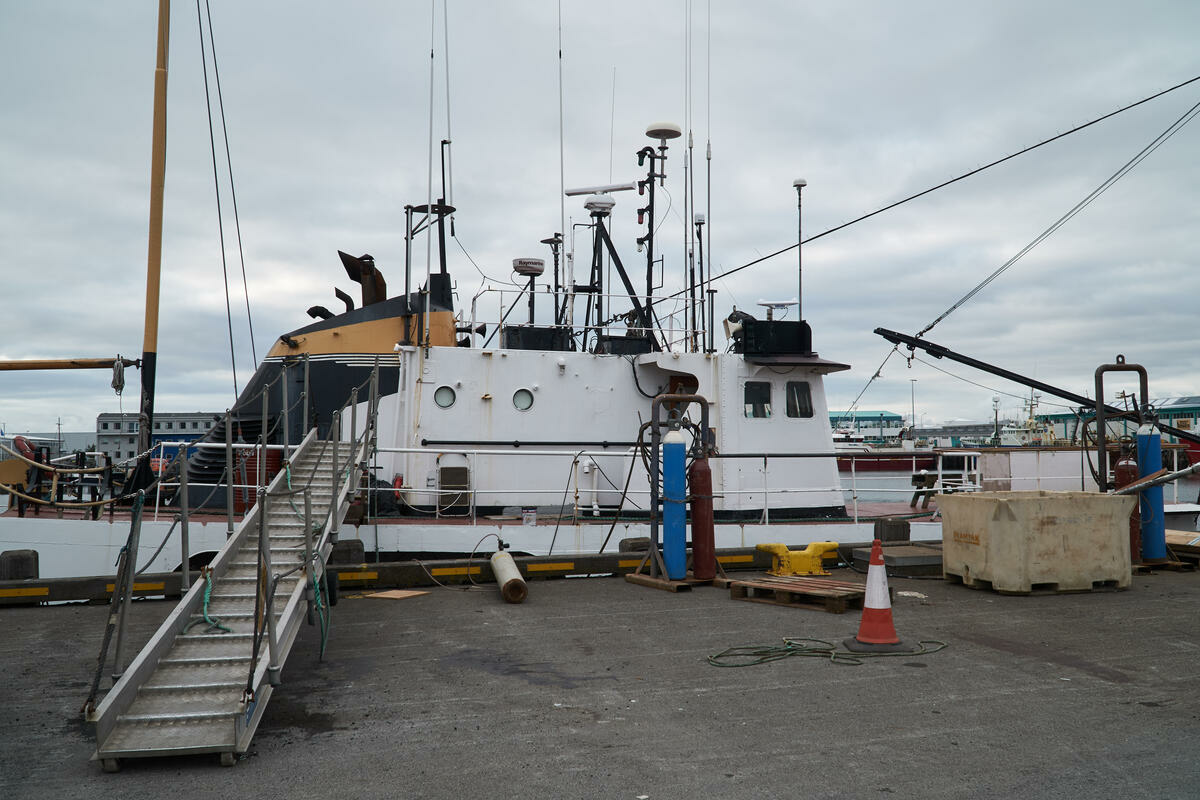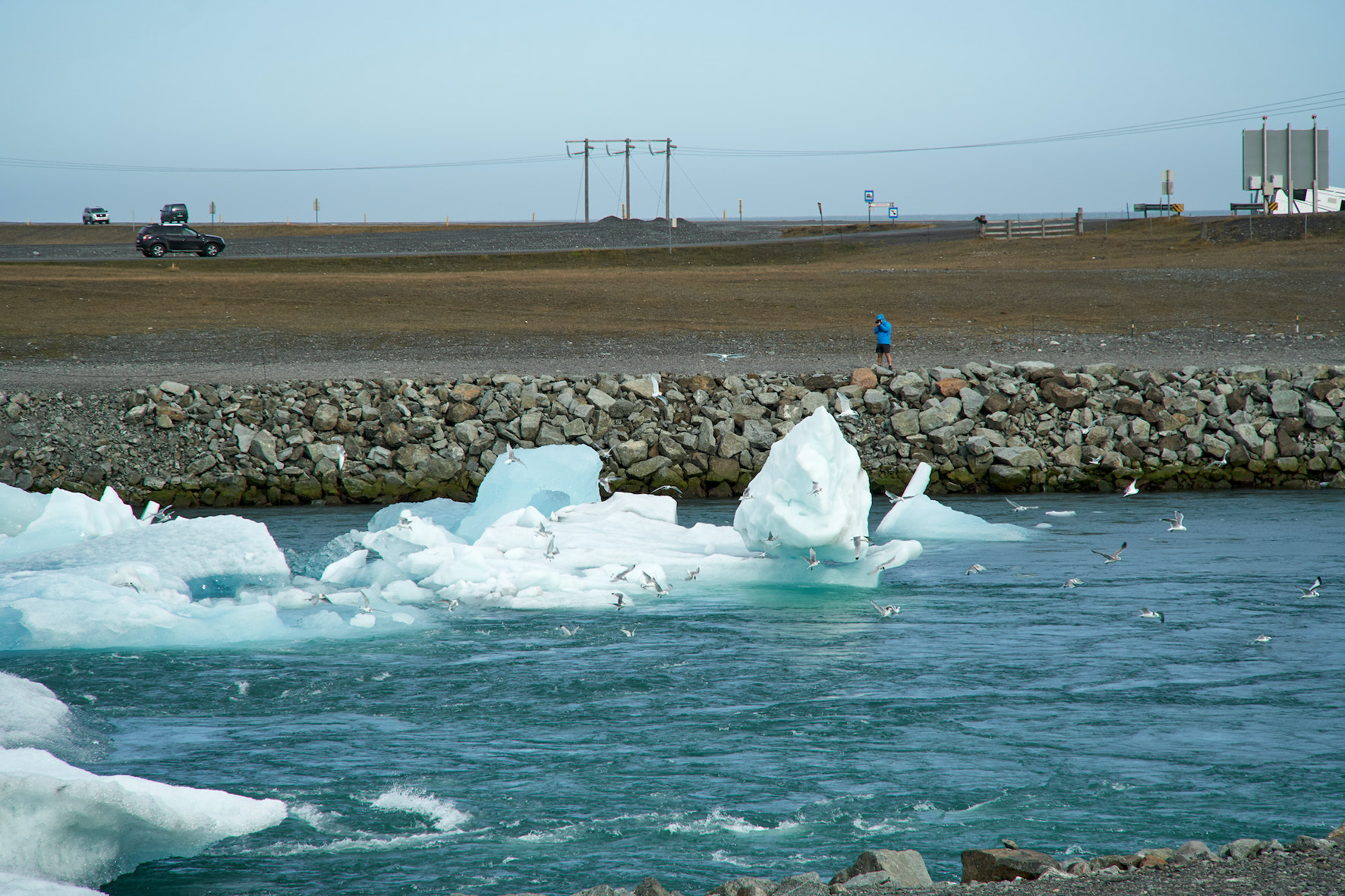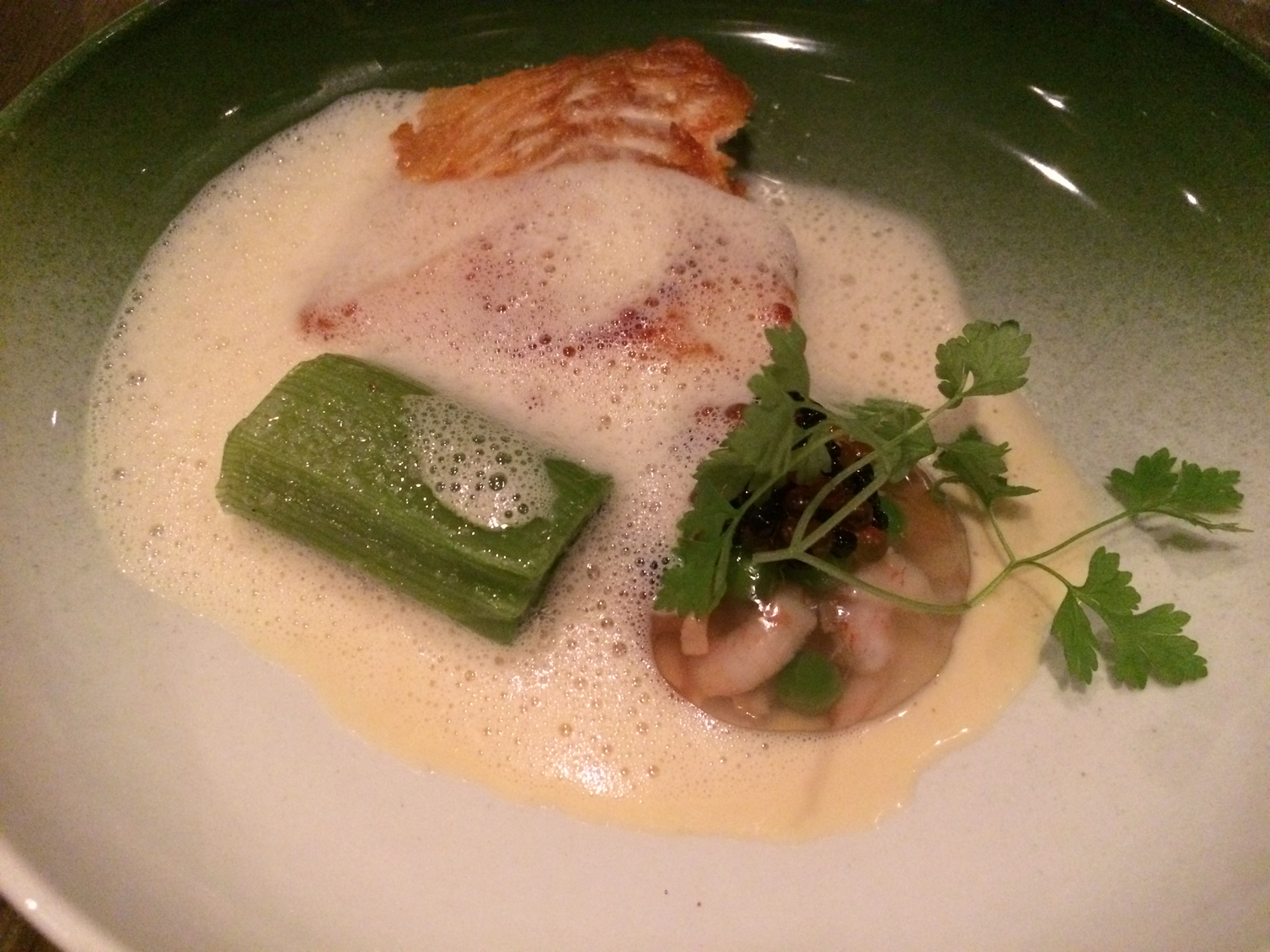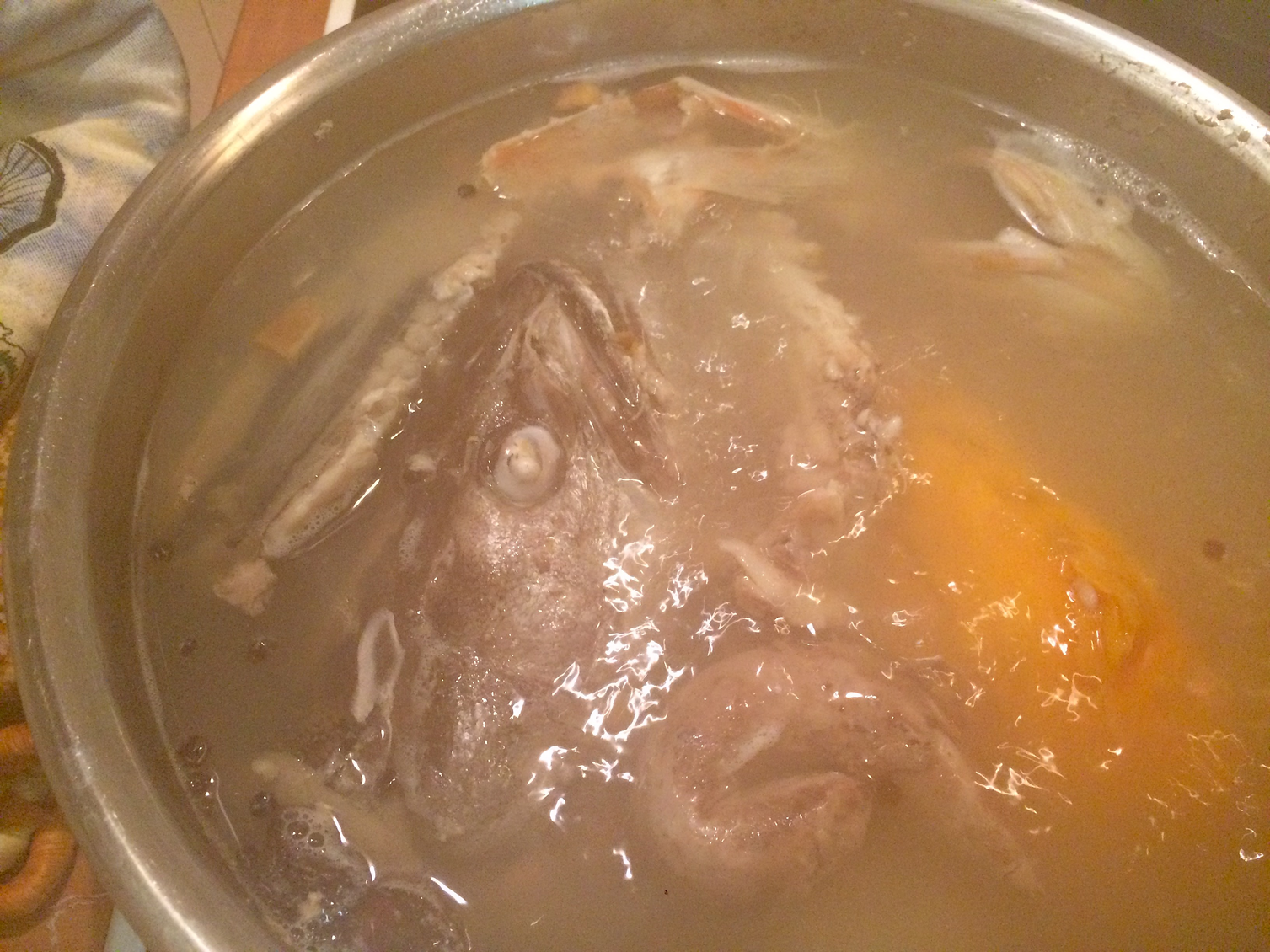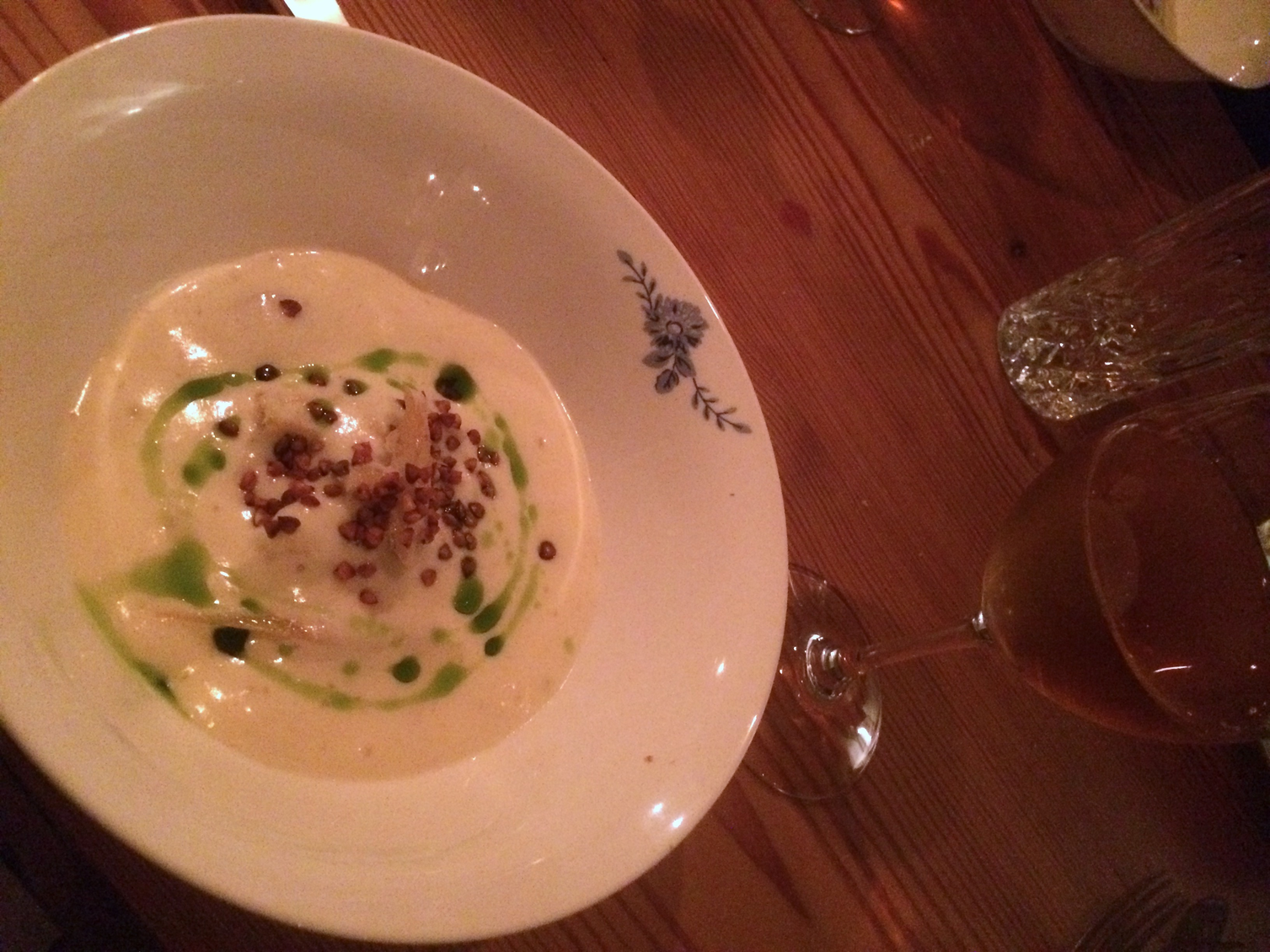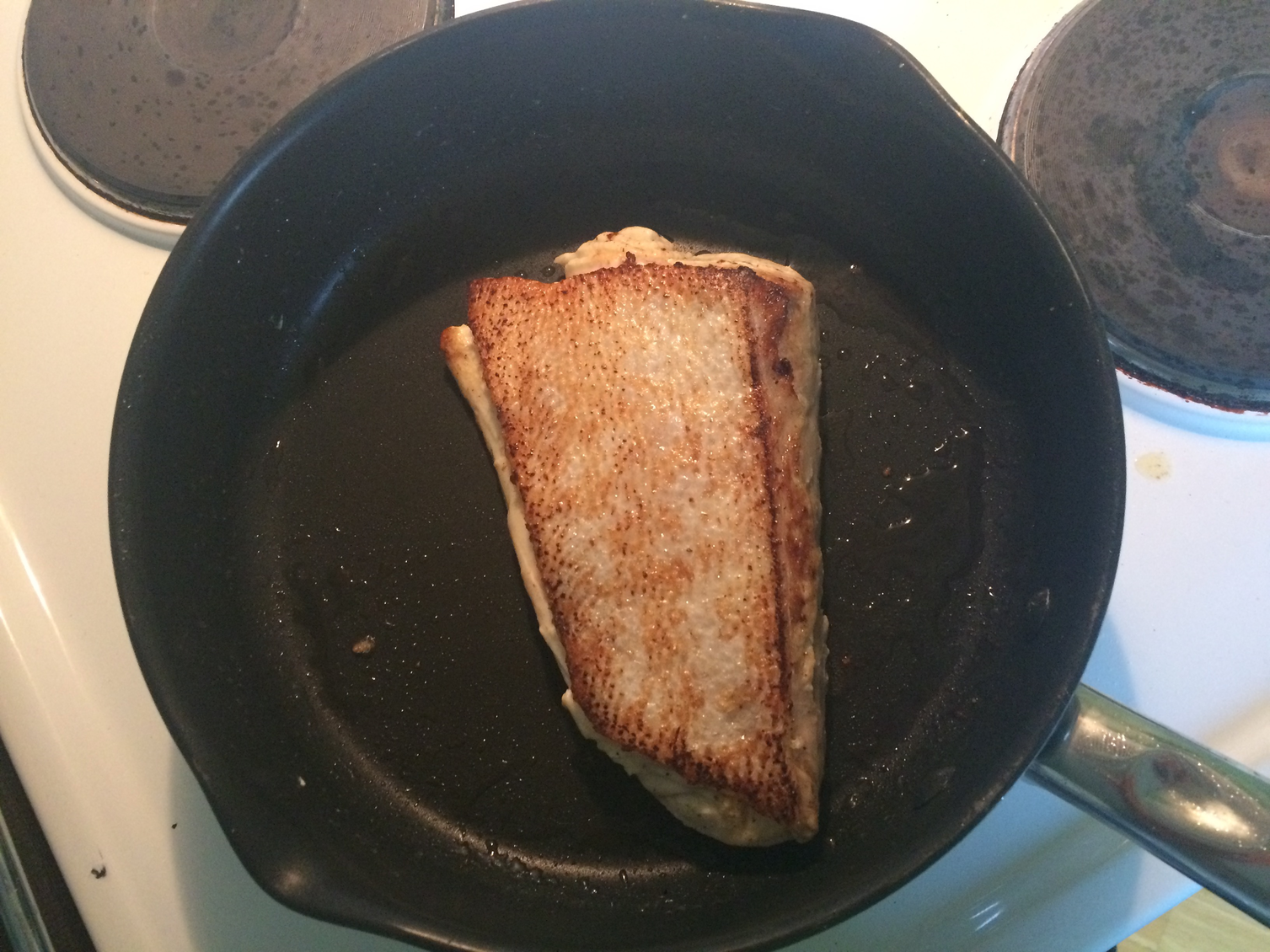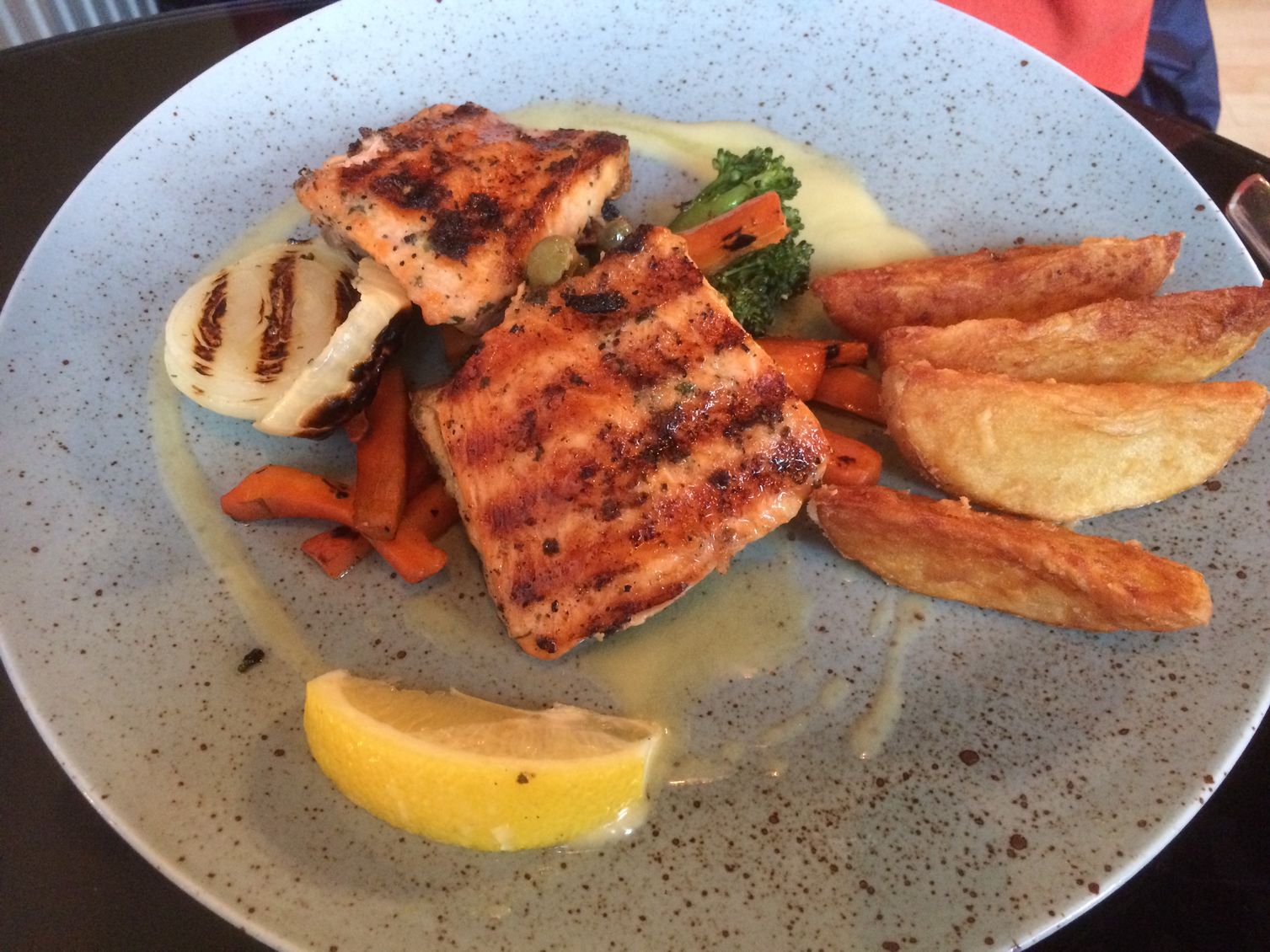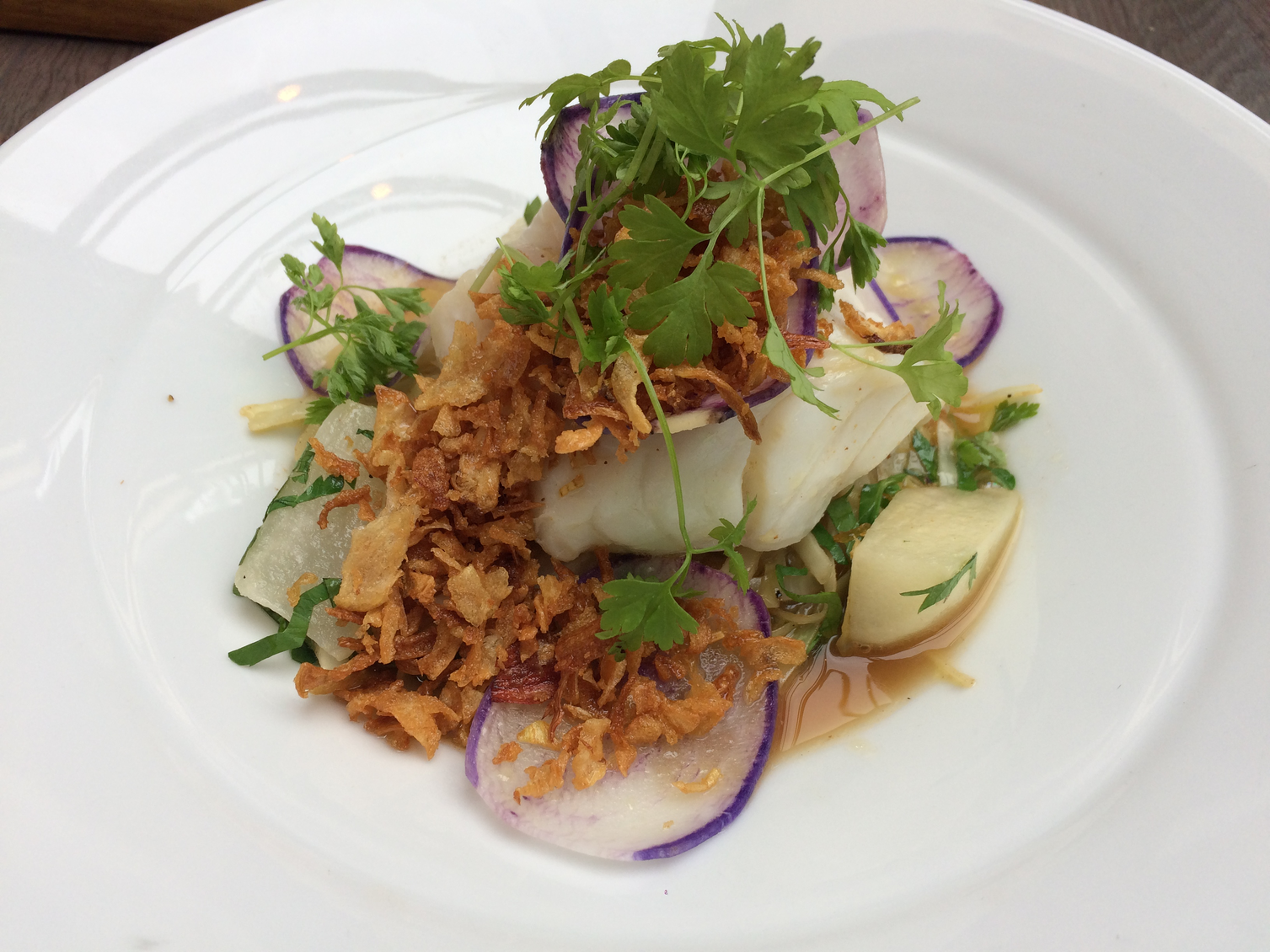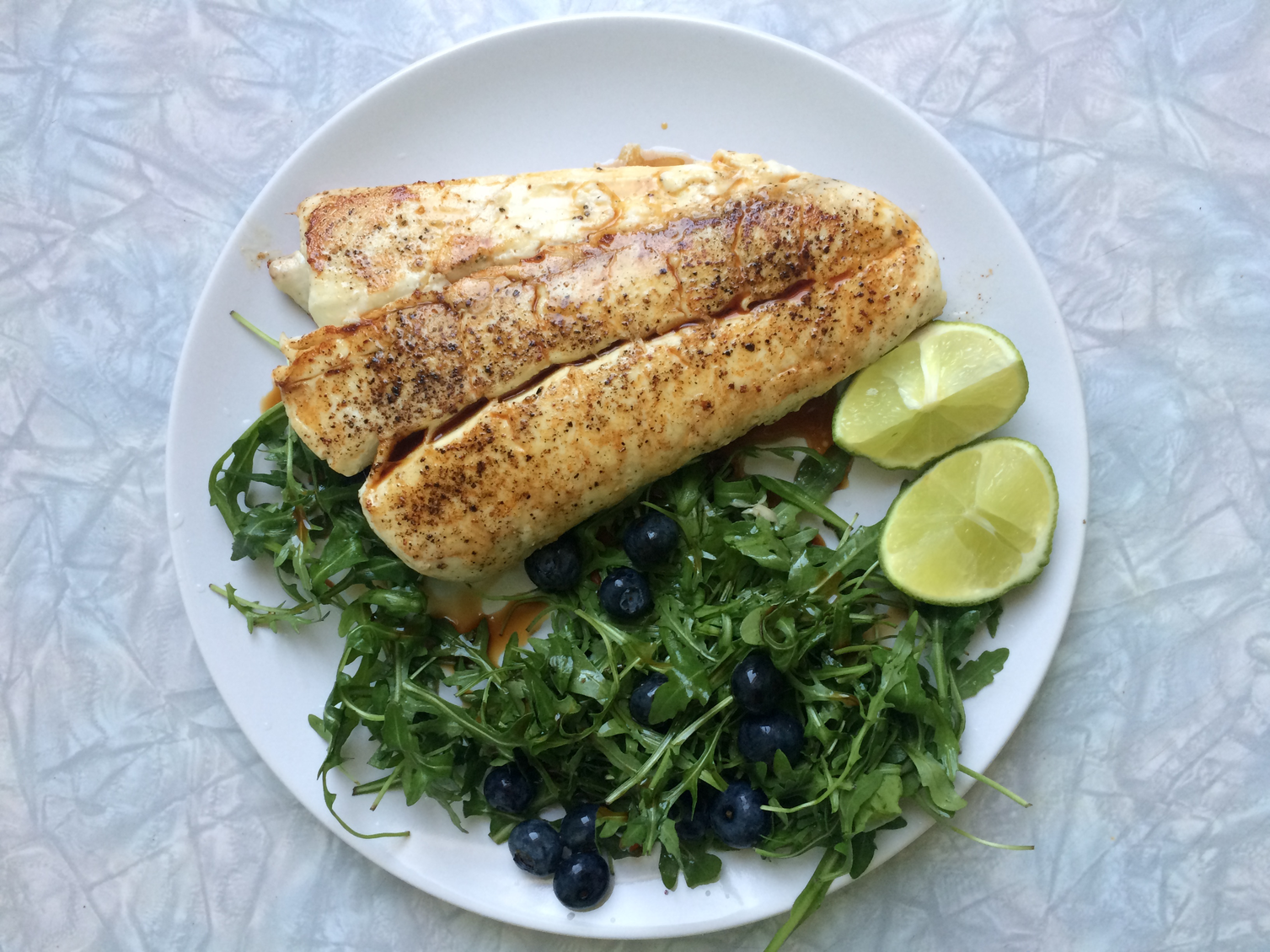Engaging with the (logistics of the) field
Literary ‘being’ in the landscape under scrutiny is a very important aspect of the hyper-constructive method the significance of which is easy to overlook. In the case of Sāk vitt ok vītt of verǫld hverja, however, being there is neither a trivial nor a straightforward affair. The project concerns a vast and exceptionally idiosyncratic geographical region that (primarily) features hard or impossible to access isolated subareas, and that is principally characterised by extreme climate conditions. Introducing oneself in the situated contexts under scrutiny is generally referred to as ‘shadowing’ in literature; still, relevant resources fail do justice such an eclectic and extreme ‘great outdoors’ and the mobility patterns it imposes to the North Nordic 'taskscape'1. Getting to know, or better, merely getting a glimpse of the wide range of (more-than-)human activities and interdependencies that forge such an exceptional place has involved (very) long international flights, ferries, boats, (very) long road trips, as well as dealing with extraordinary climate phenomena. Logistical complications and financial planning have proven not at all trivial and to conduct field-work therein poses a certain array of challenges to aliens. Notwithstanding, for short or longer periods of time and over a period of two years, the author has spend time simply being in this area, sharing time with local humans and other-than-humans, immersing himself to local weather phenomena, culinary traditions, spoken tongues, environmental sounds, radio-frequencies, geophysical formations, exposing himself to situated audiences, and so on. In this manner, the author has developed a very personal bond with the area that has fuelled research in all sorts of (often unexpected) ways.
This page gives a detailed account of the individual tactics that are employed in Sāk vitt ok vītt of verǫld hverja.
Prose / Poetry / Stories / Interviews
Sāk vitt ok vītt of verǫld hverja title originates in Völuspá, the first and most famous poem of the Poetic Edda written in Old Norse and narrating the story of the creation of the world and its coming end. Verses from Völuspá are utilised throughout the movie and the multimedia performances, typically preambling the audiovisual content to follow so that loose micro-narratives are shaped. Performances would typically pivot on just a few such micro-narratives, while the film features nine of them —these are all given below. With just a couple of exceptions, the verses used describe, or somehow refer to, other-than-human things and relations thereof. So that to some extend (and very often aided by appropriate audiovisual material) they function ontographically, and possibly also metaphorically2; that is, acknowledging the presence of objects in a place and underscoring the tensions forged between one another. For instance, “the sun from the South warmed the stones of earth”, “green was the ground, with growing leeks”, or “the cataracts fall and the eagle flies” (followed by footage pinpointing the specifics of such couplings) arguably operate in such a fashion. This is just one of their possible functions, however. Given the exact wording, the fact they are given in Old Norse (there are subtitles in the film, but typically not during performances), and their historical significance to the local culture, they can be said to operate at no less than three levels simultaneously or alternately (all three veins pinpoint particular material and socio-cultural qualities and are further explored through other kinds of prose, too):
- as overly poetic gestures
- as links to the place’s (ancient) cultural history
- as compendiums accounting for juxtapositions of collocated things and implying intertwinements thereof (the ontographic/metaphoric dimension)
The poetic dimension (and possible ramifications thereof) is also researched by virtue of contemporary Icelandic and Faroese poetry. Even if no relevant material has been eventually employed creatively whatsoever, reading relevant literature has aided unveil local poetic takes and persistent metaphors —e.g., that of the ‘dark sun’, that appears quite of often in the works of Sissal Kampmann. The author has kept informal notes from all their field trips and has composed a few poems and text sketches in Norwegian and in his native tongue (the former appears in the film). Maybe more importantly, the movie also features text extracts (and recitations thereof) from Jorgen Teller’s Codhead Notebook, written while he was also working on Sounds of Stories, Flights, and Fish (and very often right next to the author). A few interviews have been also conducted, with local fishermen recounting own stories and discussing everyday affairs (in English as well as in their native tongues): how to properly handle fishing hooks; what the best bait for certain kinds of fish is; boats been a safe place for children to work and, thus, an important way to form intra-generational bonds in the community. Individuals sometimes talk about more personal affairs, such as family, politics, hobbies, coping with disease, their world-views, or other haphazard affairs. Another source of prose comes in the form of recorded radio transmissions (from local stations, automated airport services, and other). One of them in particular —featuring Christian preaching and song-singing— holds a very important role in the project, being the conclusion of most performances as well as of the film.
All in all, prose researched/employed oscillates from poetic articulations, to ontographic enumerations of things, situations, and moods, to an informal ‘guerrilla’ style ethnography/anthropology that pivots on (auto)biographical testimonies, to technical jargon. It then, becomes an important probe to speculate on how (more-than-)human objects may experience one another in a wide array of situated contexts.
Data Sonification/Visualisation
Data retrieval and scientific auditory displays or visualisations are herein emphasized as a very powerful object-oriented ontology inspired tool and as a means to computationally expose and to aestheticise non-phenomenological aspects of a landscape. That is, to probe objects outside their normal appearances so that several additional layers of (other-than-)human activity and intra/inter-relationships thereof may be unveiled and quantified. In some detail, data employed concerns:
- The distribution of arctic char species in Arctic, North pacific, and North Atlantic oceans; retrieved from The Arctic Biodiversity Data Service Portal; these are visualised using qGIS desktop geographic information system (see image on the right) and sonified using a Gendy3-inspired algorithm in the SuperCollider programming environment (listen to an excerpt below).
- Hourly and daily climate changes (temperature, humidity, wind direction/speed, snow level, etc) from various weather stations situated all around Iceland; retrieved from the U.S. National Center for Environmental Information; sonified employing bespoke Gendy-inspired, and a bespoke granular, synthesis algorithms in SuperCollider (listen to an excerpt below).
- Continuous seismic data from Keflavic, IS over a period of several days, that have been retrieved from the IRIS data services employing a Python API; both audified—i.e., performed as if an audio file (listen to an excerpt below, subwoofer is necessary) and graph-visualised (see graph below).
- Data related with electric/geothermal energy consumption and CO2 savings retrieved from the Icelandic National Energy Authority; sonified employing a bespoke algorithm in SuperCollider that loosely pivots on hardware sound chip simulations (listen to an excerpt below).
The above data is utilised in various fashions. Scientific visualization is, of course, a rather standardised apparatus in many different geographical contexts —especially insofar as GIS-related research is concerned. Raw numerical printouts (typically printed on key-moments during a performance), standard map-based visualisation, and waveform graphs are among the techniques used. Palmer and Jones have detailed the principles of sonification as a means to landscape exploration; they demonstrate through example that it has the added advantage to retain the performative dynamics of a taskscape as it unfolds temporally4; this is shown to be the case even with data that is predominantly spatial5. Polli6 examines the sonification and audification of inaudible signals in the context of soundscapes and related artistic and (acoustic) ecology practices, concluding that the former offer an important opportunity for both scientists and the general public to experience and to understand an environment in alternative manners.
Direct audification, as well as rather complex sonifications are used with the above mentioned datasets. Note, however, that those pieces of information that are necessary to properly contextualise the former are only exceptionally provided to an audience. From the hyper-constructive lenses, it sometimes makes more sense to simply demonstrate that complex objects/processes are present —rather than to explain them out— in a non-representation and non-hermeneutic fashion that, instead, sustains and accentuates their alterity. For instance, in the film excerpt bellow, visual footage from lava fields is juxtaposed with sonifications of hourly environmental data from nearby regions. The viewers cannot possibly tell what exactly these sounds are and how they may relate with the imagery since no further information is given. The two appear phenomenologically interwoven, nevertheless, and in a way that hints the ubiquitous presence of some unidentified manifestation of something ‘mysterious’. The landscape is eventually represented as an alien place, the otherness of which cannot be possibly explained out phenomenologically.
Probing the landscape
Sāk vitt ok vītt of verǫld hverja first and foremost involves extensive field exploration in straightforward phonographic, photographic and cinematic fashions that are concerned with landscape-related art and/or cultural geography7, as well as employing somewhat more exotic probes. In some detail, instrumentation used comprises:
- photo/video camera and accessories,
- audio recording equipment, open-air microphones of various kinds, a pair of hydrophones (for mono/stereo underwater recordings), wind protection, and accessories
- FM/AM and air/marine band radio receivers, and
- specialised equipment to capture ultrasounds and a super-low/ultra-low/very-low (SLF/ULF/VLF) radio frequencies.
With these probes the author has recorded/captured roadviews, geysers, icebergs and glaciers, radar transmissions, geothermal activity, whales and their echolocation sounds, lava formations, atmospheric ambience, ships’ engines, the wind, waterfalls, and other acoustic, visual and electromagnetic phenomena. These comprise the backbone of all multimedia outcomes, as well as a very important means to explore and 'get to know' the landscape through technological mediation. Example imagery and audio is to be found in this page as well throughout this exposition.
It should be emphasized that even if the techniques used are rather traditional, they still ascribe to the hyper-constructive method and are intended as the means to delineate the presence of various different kinds of objects and their interconnectedness: they fumble about the relations forged when they (de)couple with one another; they speculate about their ‘inner lives’; and they explore human culture in its constant state of negotiation with the former. For instance, all three images on the left demonstrate objects as they (de)couple with one another: a glacier giving birth to floating icebergs, a whale blowing away the water from its lungs, a seagull leaving a ship’s mask. Then, in the image below, an eclectic compendium of (other-than-)human objects are shown to co-exist and to engage with one another: icebergs float, while seagulls fly around them, while a tourist attempts to single out a meaningful frame to capture with their camera, while electricity travels across wires, while vehicles move alongside a road artery, and so on. Other than just valid instances of landscape photography, such imagery also succeed in zeroing in on the interconnectedness of complex objects at some microscopic or macroscopic level. The same principle perturbs the way audio and radio frequencies are explored, so that societies of objects, hybrid (human) activities, and the ways the may interrelate are also accounted for through their acoustic/radio footprints.
Synthesis and creative manipulation
A small creative pool comprising abstract audio synthesis and creative manipulations of audio recordings has emerged in response to elements of the landscape as they are gradually and selectively exposed to the author, and in order to accelerate particular moods within it. These can be thought of as what the author believes would appropriately describe, accelerate, or even contrast, aspects of the region under scrutiny. Sometimes they are meant as contrivances that reflect the author’s assumptions about the inner life of things (that is, as carprentry8), some others not. More than merely probing the place in its otherness, the author consciously attempts to also come up with own poetic speculations (that, nevertheless, belong to the area, being no less of objects themselves, in an object-oriented-ontollogy sense).
Residing to some foreign place for a period of time in order to creatively respond to it with original works of art —occasionally ones that immediately employ audio/video recordings from the former— is not anything original of course. In fact, research literature is abundant in resources discussing artistic residencies of a sort9. It has been even argued that facilitating such opportunities is a creative practice on its own sake10 —a very convincing argument in cases such as the Living Earth or the Stories of Flights, Feries, and Fish projects that encourage the production of artworks that would very difficultly occur otherwise. The hyper-constructive method is arguably in this same vein; not just insofar micro-compositions are concerned, but as an overall practice. Still, it zooms a particular trait: creative tactics as the means to inquire the landscape (rather than, e.g., the landscape as a source of materials or inspiration for the production of some extra-contextual artefact or event). Composed audio in this case rather aids inquest the field. In principle, this is probably more relevant to creative interdisciplinary practices encountered e.g. in anthropology11, archaelogy12 and, of course, non-representational theory, wherein the production of original artefacts is occasionally employed as the means to interrogate relationships between materials, things, humans, processes, or places13.
On the left there is a video excerpt from the Sāk vitt ok vītt of verǫld hverja film, featuring footage from Gullfoss Falls (Iceland) juxtaposed with a composed soundpiece that employes environmental recordings from the area as well as synthesiser sounds and abstract digital synthesis.
Physical Artefacts
Sāk vitt ok vītt of verǫld hverja also concerns a small pool of physical things: found objects collected from the field —gravel, rocks, stones, pieces of lava, fish skin, drawings, fishhooks, postcards, and other— as well as a cardigan, a scarf, and pieces of fabric knitted from various qualities of Faroese wool (with the invaluable help of an amateur practitioner). During multimedia performances the author usually wears the above mentioned woollen clothes and performs alongside an exposition of objects of a sort (see photo above). Following the event, audiences are invited to haptically engage with these objects: to hold rocks, pieces of lava, and gravel in their hands for a short while, and to touch the knitted fabrics exploring their different textures. In this fashion, these artefacts function as very literal parts of the area under scrutiny that are readily available to physically engage with.
The literal presence of tactile things should be underscored as a sought-for hue. As discussed heretofore, the hyper-constructive method is first and foremost intended as a hands-on investigation; this should be also taken literally, both from the point of view of an explorer that haptically engages with the surrounding great outdoors, as well as from the perspective of a living audience that is invited to immediately touch, smell, and taste (see also the next subsection) tiny bits of it. Humanities and social sciences have been well criticised for not taking physical things (and their tactility) into serious account, often grounding conclusions merely on representations thereof14; non-representational-theory is to some extend a scholarly response to such critiques. Maybe paradoxically, object-oriented ontollogy has been similarly criticised for turning objects/things into abstractions (that one may reason or speculate about) rather than sheer material presences15. In the context of mobility studies, nevertheless, it has been convincingly argued that things-as-things attain their own cultural biographies —ones co-producing a place with/for (other-than-)human subjects16. In Sāk vitt ok vītt of verǫld hverja, found or made physical artefacts constitute a physical record of/about objects that reside the area as well as about their physical properties and, potentially, the special role they have held in the artist’s subjective place-making. To a lesser, but still very important extent, they also aid arrive at non-representational —a rock is a rock, not a representation of it— non-verbal, and non-rational metaphors (or speculations) about possible relations/tensions and the interconnectedness of things.
Gastronomy
The tactility proclaimed above is furthered to include odours, tastes, and related cultural activities. The idea to involve the preparation and/or consumption of seafood has surfaced Stories of Flights, Feries, and Fish and is also explored by a couple of other artists in this context: Jørgen Teller would serve canned octopuses with a toothpick, while Jacob Riis would prepare a meal based on cod, onion, and potatoes in perfect synchronisation with the reproduction of an audio composition of his. Even if culinary practices only exceptionally appear in environmental media art or ethnographic/anthropological research, it is both common knowledge and scientifically sound that they can become important probes for cultural understanding17. Nordic culinary practices —both contemporary, traditional, and improvised— perturb Sāk vitt ok vītt of verǫld hverja. The author has conducted extensive (albeit rather informal) research in situ, visiting places where fish is caught, processed, and sold, studying literature and cookbooks, gathering information from locals, tasting dishes and local specialities, and experimenting self with local ingredients and techniques (see also the slideshow below).
Multimedia performances typically conclude with the author sharing printouts of recipes with the audiences (as seen in the video documentation in another page), while in several cases has self prepared and served freshly cooked seafood. For the Tórshavn (FO) performance, in particular, the author prepared a soup combining locally sourced roots, fermented fish, and an ’avgolemono’ finish —a Greek culinary technique to thicken sauces/soups employing eggs and lemons. Faroese culinary traditions are rather (in)famous for their extreme fermentation techniques; they typically leave fish or meat to ferment in the air for several months without the addition of salt or some other spice. The resulting soup had a very intense taste/smell that would be rather unacceptable and, simply put awful, for most Europeans (ones living in the Nordic regions included). Still, it does exhibit in the most straightforward fashion aspects of the materiality of the Faroese cultural landscape. On this construal, Sāk vitt ok vītt of verǫld hverja is not limited to poetic/speculative artefacts and found physical objects, but also concretely involves material scents, tastes, and textures to be explored through one’s mouth.


